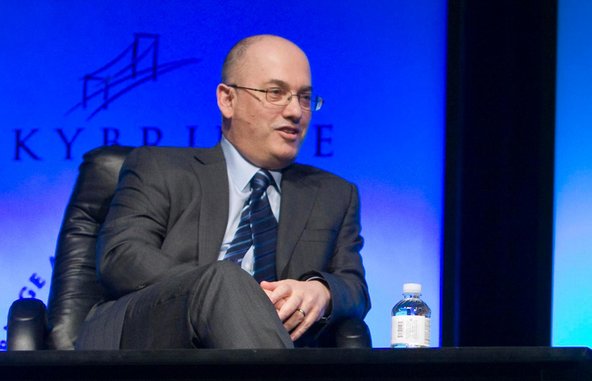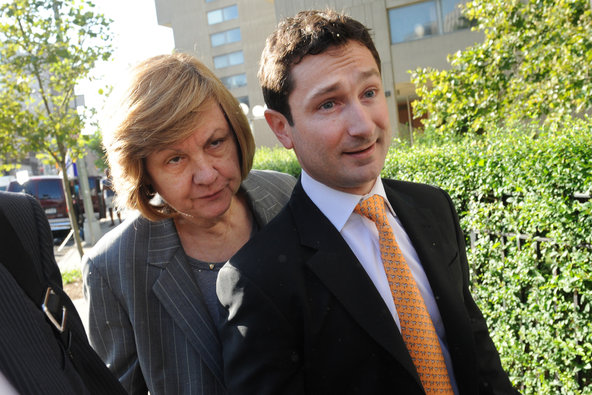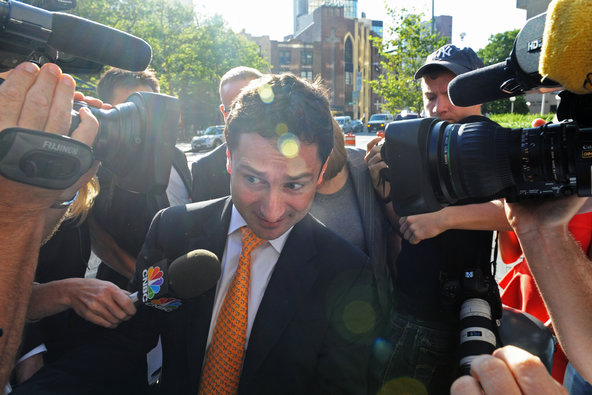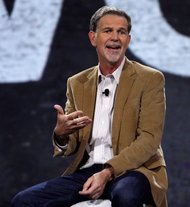What makes an investment “safe”?
I’ve always considered this a loaded question (what does “safe” actually mean, anyway?). It’s rarely the right question to ask. But it comes up pretty often for an average investor, and rarely for the right reasons.
Consider the recent allegations leveled by the Securities and Exchange Commission at a financial adviser and wedding singer (apparently a successful one), Larry Dearman Sr., and his friend Marya Gray. According to the commission, Mr. Dearman and Ms. Gray convinced investors that “they were investing in an Internet company, a real estate business and another firm that were controlled by Ms. Gray.”
Instead, the S.E.C. said in its complaint that the pair defrauded investors of $4.7 million in investments, and stole about $700,000. And they persuaded people to invest by assuring them that the investments “bore little to no risk.”
How did they persuade the 30 people to invest? According to the complaint, many had known Mr. Dearman and his family since childhood, “thought of him as an active member of their church and knew him as a popular local wedding singer.” In other words, they thought it was safe to invest because they knew Mr. Dearman. After all, why would a guy who sings at weddings steal your money?
But it’s not just people that you personally know who are promising safety and then failing to deliver, as a recent example out of Spain made clear. A few weeks ago The New York Times highlighted a “safe” investment that was promoted to Spanish investors by Spanish bank officials. As a result, about 300,000 Spanish investors over the last four years lost $10.3 billion collectively, and it was in investments that they were told qualified as “safe.” I encourage you to read the original article, but the basics are this:
During the economic crisis four years ago, Spanish bank officials started recommending an investing “product” with a 7 percent return. That’s a great return, right? Investors, on average, put in $40,000. It’s not a huge amount, but it reflected the type of individuals who were pitched this “product” — lifelong savers who wanted to protect their money. As with the S.E.C.’s complaint against Mr. Dearman and Ms. Gray, it turns out that what the banks offered wasn’t much of an investment:
“Bank officials hit on the idea of raising capital and cleaning debts off their books by getting people with savings accounts to invest in their banks instead,” the Times article recounted. “For many of these savers, the first hint of trouble — and understanding that they had bought into risky investments — was when some of these banks essentially failed about two years ago. Overnight, they were unable to withdraw their money. Soon, they came to understand that they had purchased complex financial products, originally designed for sophisticated investors. They had become creditors, and not at the head of the line, either.”
Both of these episodes, and the many comparable stories we’ve heard over the years, should make us think hard about pursuing the idea of “safe.” So next time your friend or a big bank suggests a great deal for you that is just as safe as a CD, but will deliver amazing returns, keep a few things in mind:
■ There are people out there trying to sell you junk. They know it’s bad, and they don’t really care much about you and your needs. They will even lie to you.
■ When something is too complex to understand, either run as fast as you can or hire an independent professional to help you navigate the complexity. Don’t just guess and hope you understood correctly.
■ That said, getting professional advice at some level requires trust, but not blind trust. You can’t trust anyone blindly. I’d suggest following the Russian proverb that Ronald Reagan adopted during the cold war: trust, but verify.
■ When something appears too good to be true, it often turns out that it is. It may not happen immediately, but at some point there will be a consequence.
■ Ultimately we have to take responsibility for our own decisions. This is painful. After all, the system doesn’t always work the way we think it should. People lie. People steal. And institutions we thought we could trust let us down. But it’s the system we have right now, and even as we look for ways to improve it and get justice for bad behavior, we can’t pretend that how we behave isn’t part of the solution, too.
I feel horrible for the investors who lost money to the wedding singer and to Spanish banks. Both stories, however, reinforce the reality that the question — is it safe? — doesn’t tell us much. If we want to protect ourselves from individuals and institutions alike, we need to ask questions that help us uncover the real motives and whether it’s in our best interest to trust what we’re being sold.

Article source: http://www.nytimes.com/2013/09/03/your-money/be-wary-of-even-safe-investments.html?partner=rss&emc=rss








